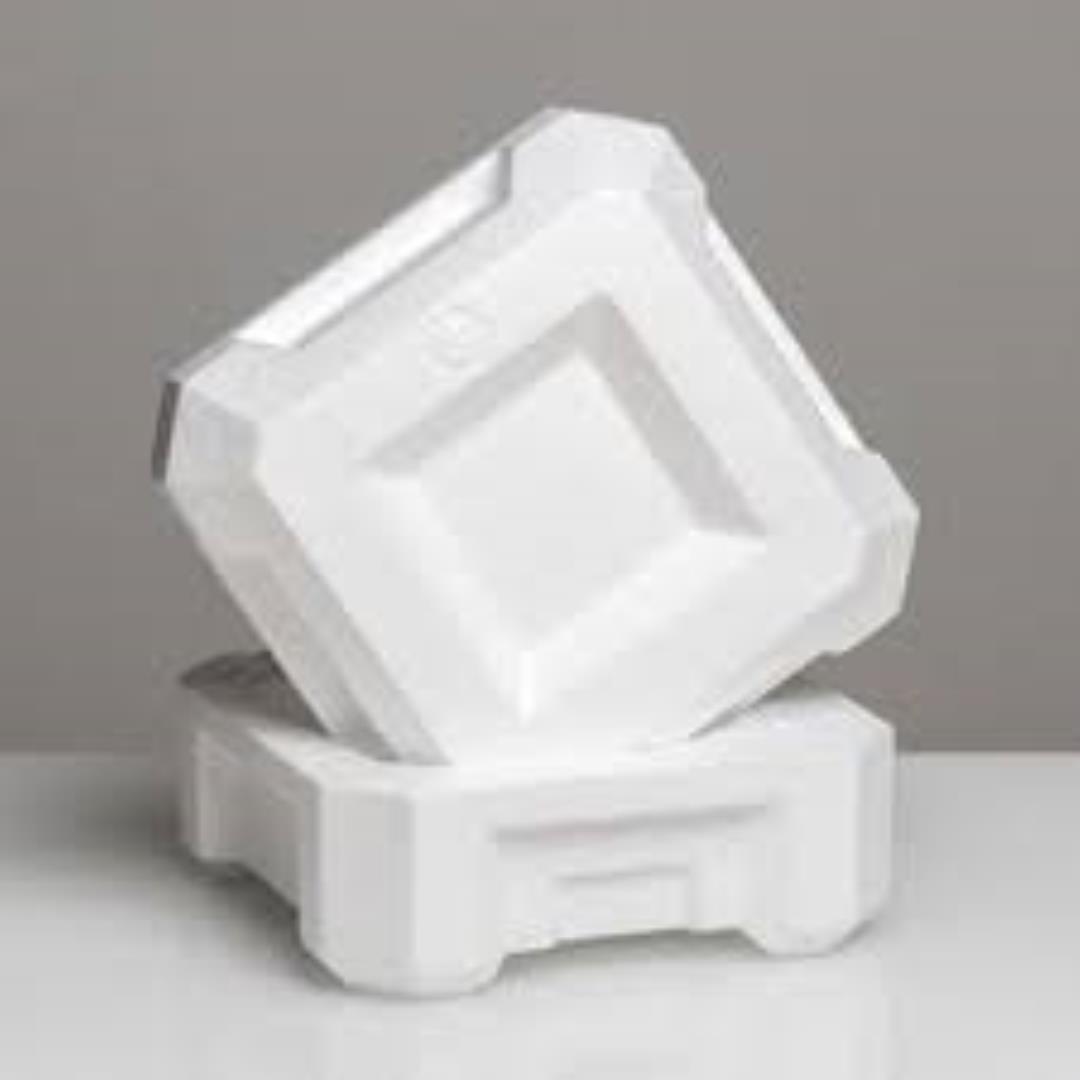WHAT
IS ESP
BASIC THINGS TO KNOW ABOUT EPS
EPS
means Expanded Polystyrene Products and was invented in 1944. This
petrochemical plastic is obtained from crystal polystyrene or Crystal PS and
it’s composed of 98% of air.
We
can identify EPS products in many things we use in our daily lives, such as
cups, lids, and food containers. Many of these are single-use plastics
(designed to be used only once). But they can also be hidden inside
applications from bike helmets to surf boards.
It has many
different uses. EPS is often used to insulate living areas such as roofs, walls
or floors. In the food packaging sector, EPS is used to keep a product at the
right temperature. It is used in the production of fish crates and meat trays, for
instance. EPS is also used in industrial packaging to protect several products,
mainly home appliances.
EPS foam has its advantages: it’s
lightweight, inexpensive, moldable and has great insulating properties
(thermal, shock absorbent and holds liquids).
But it is a serious marine litter
problem. In the oceans, it breaks down into tiny fragments. These are eaten by
plankton, fish and seabirds and as such enter the food chain. Ultimately, it
can threaten us.
EPS is very durable, so it accumulates
in nature, damaging ecosystems we rely on. Also, it is absorbent, which means
it acts like pollutant sponges. And being lightweight, it gets blown by the
wind.
EPS represents a paradox. It is relatively
considered in the instructions of selective sorting because it represents only
a weak mass per inhabitant(500g/inhabitant/year), but it´s very low density
makes it the most produced plastic in terms of volume in 2016.

